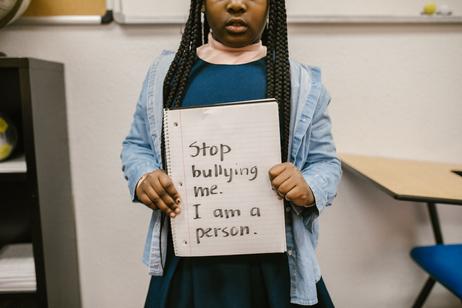Historically, vocational training was often viewed as a "fallback" plan for high school students who struggled in a traditional academic setting. However, today's students are beginning to tune into the benefits of vocational high school, from jumpstarting a career in various industries to becoming the first step toward a degree in a specific sector. Consider the latest information about vocational high schools to determine whether this might be a savvy step in your academic career.
This video describes how vocational training gives students real experiences.
Opportunities In Vocational Training
According to a report at StateUniversity.com, vocational training prepares high school students to move into a high-paying, skilled job much more quickly. Many vocational programs also include the necessary certification for different jobs, giving students graduating from these schools an advantage when they enter the job market.
Much vocational training is hands-on, which means that in addition to appealing to different types of learners, these programs offer the specific experience needed to land a job and begin working almost immediately after graduation.
In the last several decades, the popularity of vocational high schools has declined. Many of these schools offer training in production and manufacturing, which no longer offers as many job opportunities for students.
However, vocational schools are currently in the process of transforming from programs of the past to programs of the future. Some of the new offerings at






















